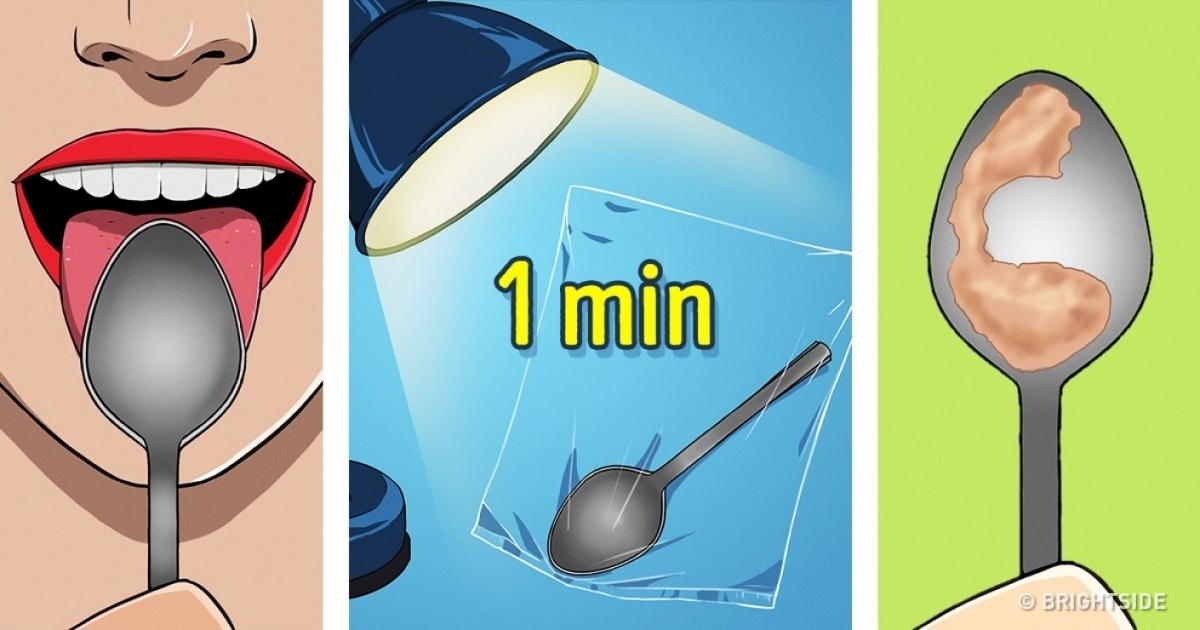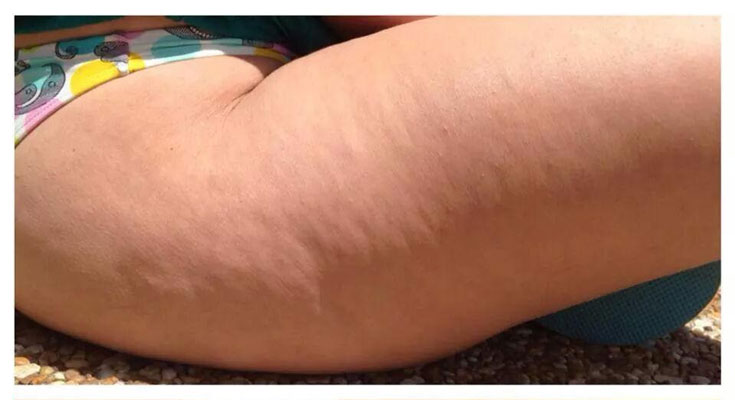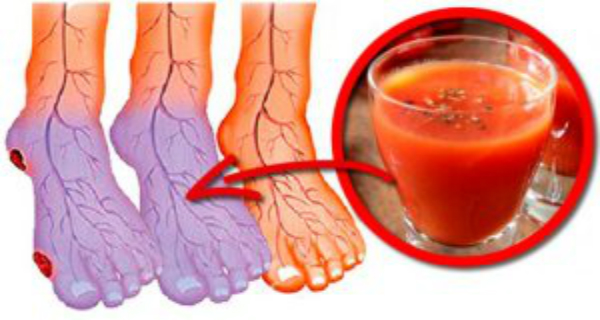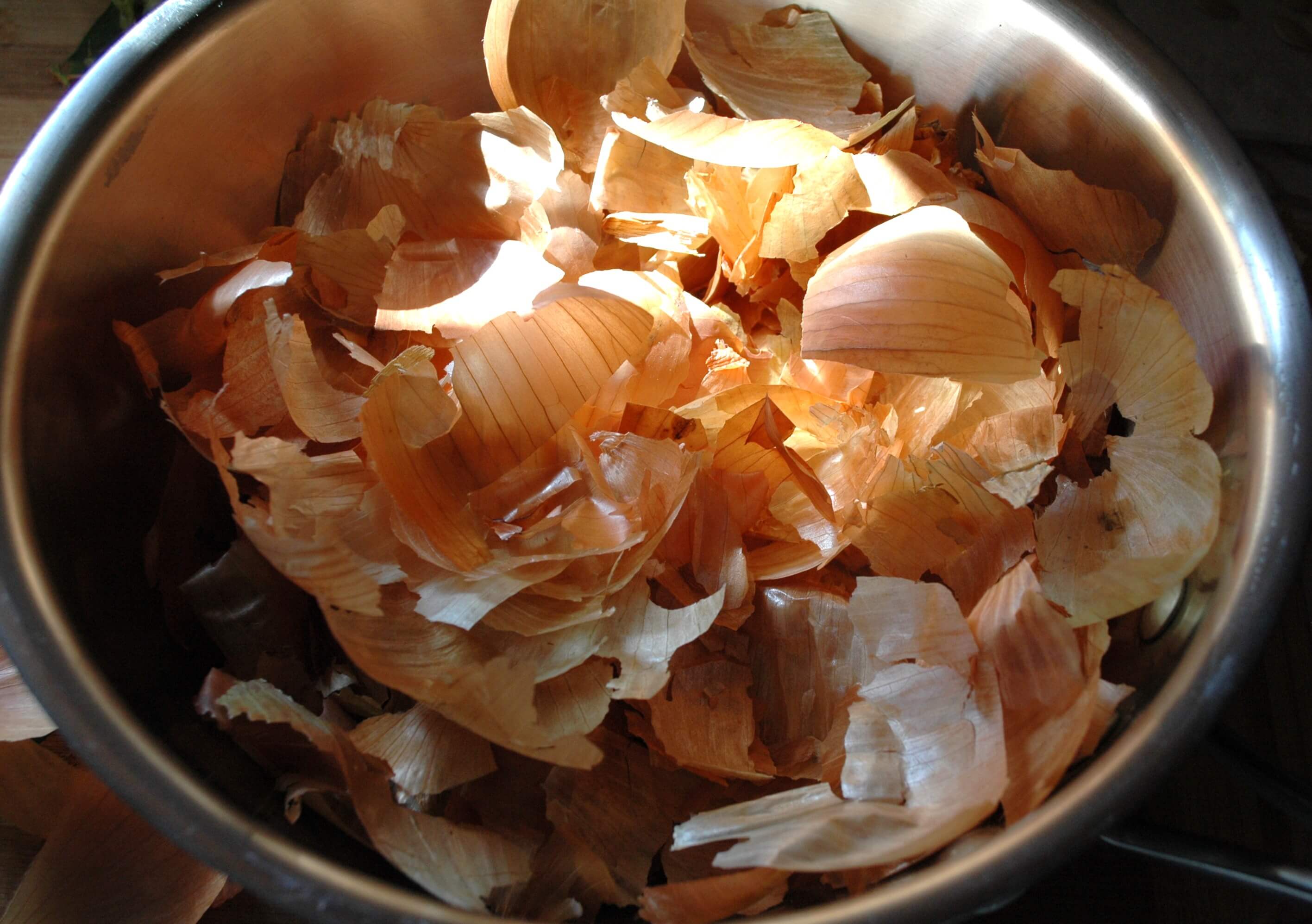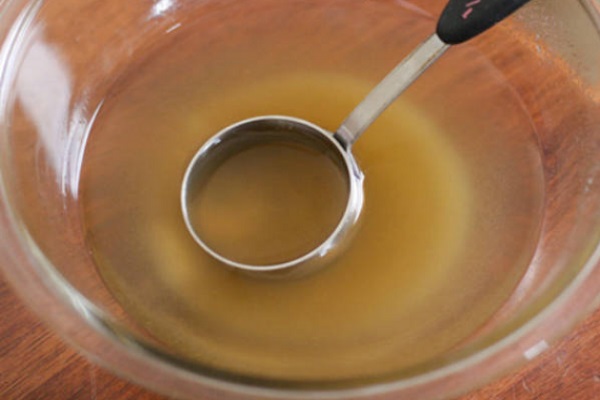Crossing the legs over one knee is very common, especially for women. Although this position looks sexy and also elegant, it seriously affects our health. This one simple move may cause serious circulation problems.
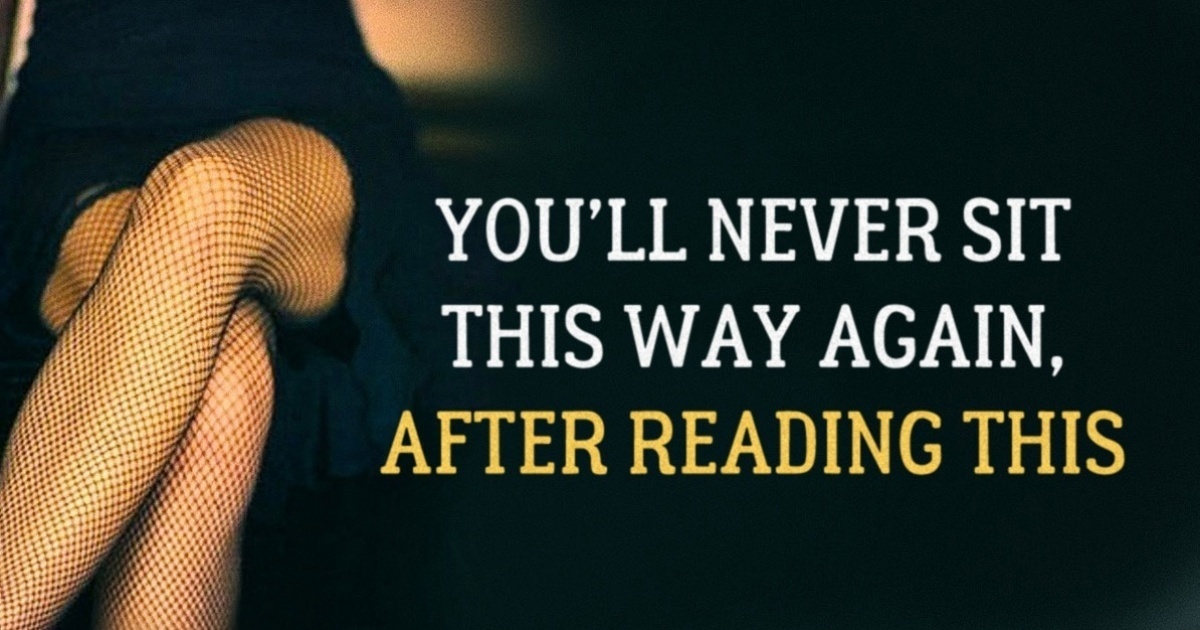
Peroneal nerve paralysis or palsy is caused by being in a same posture for a long period of time. The exact pose that is very likely to cause this condition is this cross-legged sitting posture.
Not so long ago, different studies proved that sitting with your legs crossed for a prolonged period of time can increase the blood pressure. Even if your health condition is perfect, if you avoid to sit in this position this will help you to lead even healthier life and also prevent possible future disorders with the circulation.
There are a few reasons behind this, and one of them is that when you put one knee over the other, it sends the blood from the legs to the chest which in turn results in a larger quantity of blood being pumped out of the heart that results in increasing the blood pressure. One other thing is that blood pressure also rises since the isometric exercise of the muscles in the legs increases resistance to the blood flow. This shows why crossing the legs at the ankles does not have the same result as when you cross the legs over one knee.
Furthermore, the position can cause pelvic imbalance. Sitting like this for a longer period of time will make the muscle of the inner thigh shorter, while the muscle of the outer thigh will be longer. This increases the risk of joints moving out of their place.
This habit may help you develop spider veins. Even though this condition is mostly affected by genes, still frequent sitting in this position can cause inflammation of the compressed veins. The tiny vessels in the veins that act as a barrier for prevention of the blood movement in wrong direction can be narrowed when sitting in this position, making the veins swell.
Another study discovered that sitting in a cross-legged position for more than three hours daily may cause development of stooped posture, pain in the neck and lower back and also discomfort in the hips.

